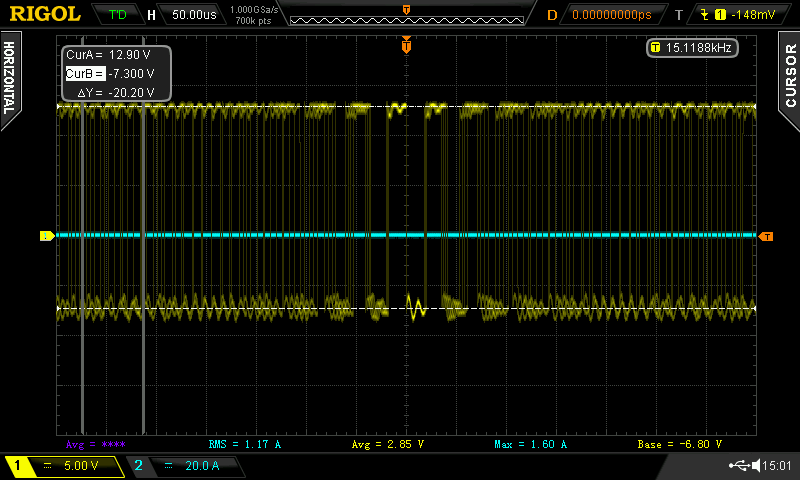@RoGeorge asked, if the conversion is permanent, in particular to regular signals applied to gate. This what I'm testing.
First, I measured gate voltage for 1 mA drain current as precisely as I can. => -1.194 V.
Now, I've connected a signal generator across source-gate, and left the drain floating.
Signal generator is set up for generating square wave from -7.3 V to +12.9 V, with peak-to-peak voltage of 20.2 V. This is the maximum amplitude my signal generator is capable of.

The frequency of the square wave is swept from 100Hz to 1MHz in a logarithmic manner, with a period of 1 second.
In 10 or so hours, I'll stop the generator and re-measure the mosfet.
...
12 hours later:
Vg(Ids = 1mA) = -1.123 V (was -1.194)
So, the depletion mode was reduced by a little bit. The change is certainly above precision of my measurement, and it's not due to mosfet temperature during Vg measurement. But as for if it was actually caused by the gate waveform exposure, or it was just natural decay of the biasing - I don't know. I didn't do a control experiment. In any case, more testing is needed.
...
26 hours later:
the mosfet was doing nothing at all for 14 hours. I remeasured the gate voltage needed to conduct 1 mA, and it is now -1.094 V. So, it becomes quite obvious that waveform applied to gate has probably nothing to do with the observed change. It is just transistor slowly drifting back towards its factory state.
 DeepSOIC
DeepSOIC
Discussions
Become a Hackaday.io Member
Create an account to leave a comment. Already have an account? Log In.
Mine seems to slowly self recover too.
Factory Vt = 3.84 V
Modified Vt = 1.57 V
After about 6 hours Vt = 1.64 V
Will gather more data next week.
Are you sure? yes | no
Bothing beats a well-conducted experiment :-)
Are you sure? yes | no